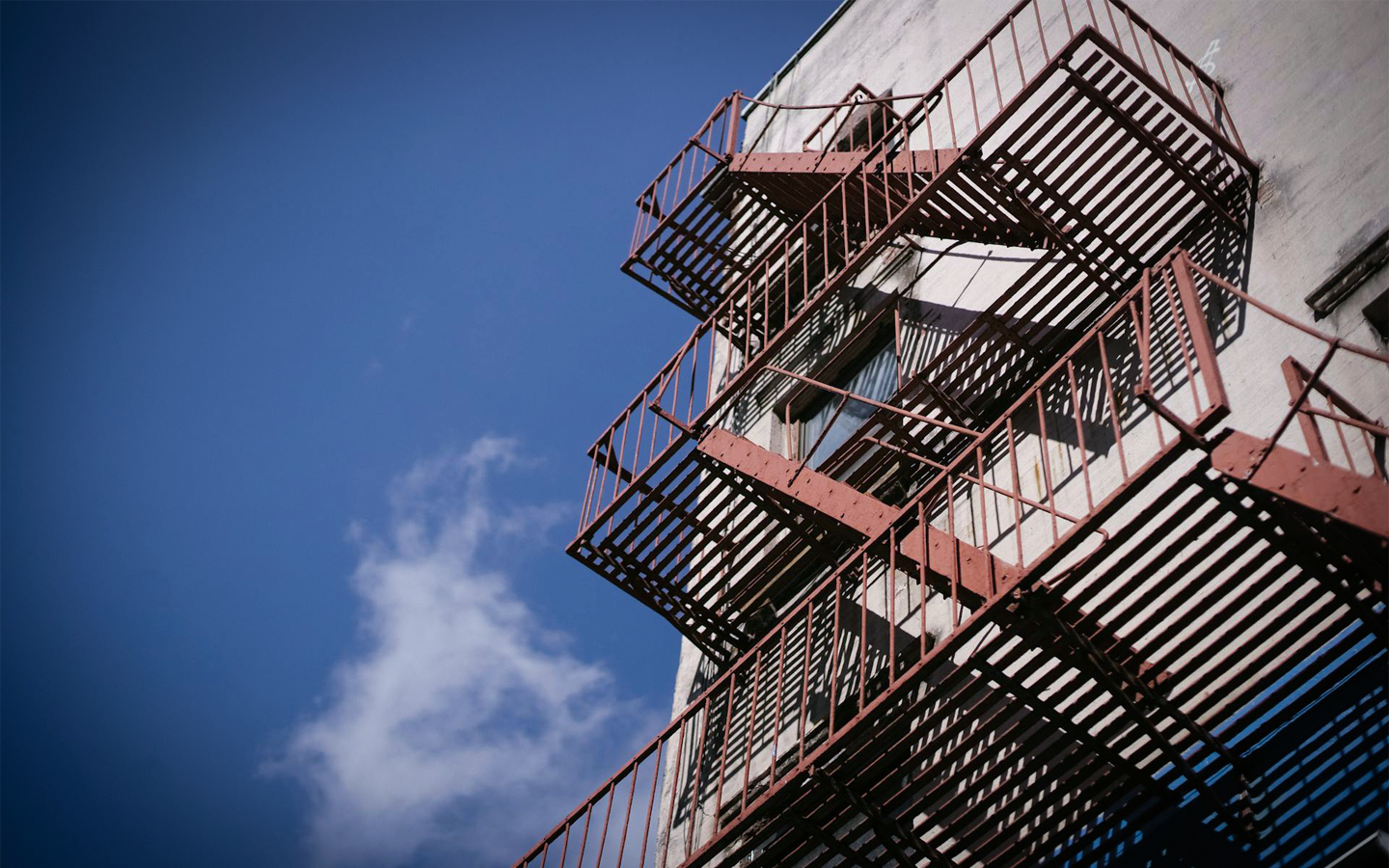The Role of Laser Cutting in Architecture and Design
Modern architecture and design are dynamically evolving, drawing inspiration from new technologies. One such innovation that has gained immense popularity and widespread use is laser cutting for architecture. Thanks to the precise processing of materials, this technology gives designers and architects almost unlimited possibilities to create complex and unique elements that not only fulfill practical functions, but also aesthetic ones.
Precision technology means more possibilities
Laser cutting is a technique that uses a concentrated beam of light to cut or engrave a variety of materials, such as steel, aluminum, glass, wood or acrylic. What distinguishes laser cutting from traditional processing methods is its exceptional precision and speed. In architecture, this precision is crucial, as every detail affects the final appearance of a building or interior.
One of the greatest advantages of laser cutting for architecture is the ability to realize even the most complex projects. Thanks to this technology, architects are able to create fine facade details, modern balustrades, or complex supporting structures that would be difficult or impossible to achieve with traditional tools.
Application of laser cutting in architecture
- Building facades and elevations - modern facades are often eye-catching with their intricate patterns and textures. With laser cutting, it is possible to create openwork panels and decorative elements that give buildings a unique character. Architects can design patterns freely, knowing that the laser will give them perfect precision, regardless of the complexity of the project.
- Interior design - laser cutting also makes it possible to create unique interior design elements, such as decorative panels, decorative walls, suspended ceilings or furniture. Combined with modern materials such as metal or acrylic, it offers endless possibilities in creating functional and aesthetic spaces. What's more, the laser allows personalization - thanks to it, unique decorative motifs can be introduced into the interior, created on request.
- Balustrades and staircases - metal balustrades, especially in modern buildings, are increasingly taking an artistic form. Thanks to laser cutting, it is possible to design balustrades with fine shapes that perfectly harmonize with the architecture of the building. Stairs, too, can become the focal point of an interior, thanks to precision cutting in metal steps or handrails.
- Art in public spaces - laser cutting ultimately plays an important role in the creation of art pieces, art installations or sculptures placed in public spaces. Laser-cut art installations are durable, precise and extremely impressive. Thanks to this technology, it is possible to realize projects that combine modern materials with sophisticated form.
Advantages of laser cutting in architecture
Laser cutting has a huge number of applications and advantages. Among the most important of these we can undoubtedly include:
- High precision - laser cutting allows for perfectly aligned parts, which is especially important for projects that require strict accuracy. The laser provides smooth edges, eliminating the need for further machining, which saves time and money.
- Flexibility in design - with this technology, both small and large projects can be completed, from small details to large-scale components. The laser has no restrictions on shape or pattern, giving architects and designers full creative freedom.
- Fast turnaround - Laser cutting allows the project to be completed quickly and efficiently. Shorter production times mean that projects can be completed much faster than with traditional processing methods, which is important in the construction industry, where deadlines are often tight.
- Minimizing waste - the precision of laser cutting means that material usage is optimized and waste is minimized. This not only saves materials, but also has a positive impact on the environment.
Laser cutting and sustainable architecture
Modern architecture, as we see it, is increasingly focused on sustainability, and laser cutting fits perfectly into these trends. Thanks to its precision and material savings, the technology minimizes waste, which is key to an eco-friendly approach to construction. Additionally, the ability to use a variety of materials – from metals to eco-friendly plastics – makes laser cutting for architecture an environmentally friendly technology, which is increasingly important in the industry.
Photo by Tim Samuel: https://www.pexels.com/photo/tall-staircase-with-railings-of-concrete-building-5835357/



